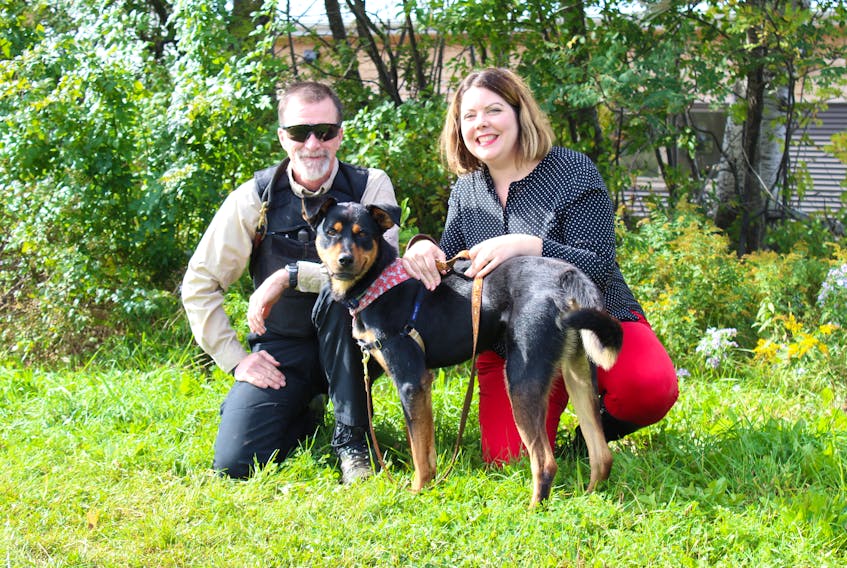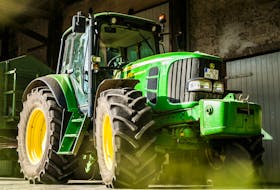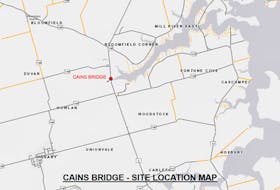CHARLOTTETOWN, P.E.I. - When a dog attacks a human or another animal, its breed is often brought into question. But how much does a dog’s breed determine its level of aggression?
Jennifer Harkness of the P.E.I. Humane Society says the answer is, very little.
Harkness, the shelter’s development manager, said last year the society investigated 54 reported incidents of dogs biting humans and found there wasn’t one particular breed that bit more than others.
“Aggressive dogs can come in any shape or size or any breed,” she said. “In our experience, we have seen all kinds of dogs bite.”
Certain breeds have earned negative reputations because of incidents of biting that end up in the media, such as the recent case of a pit bull-type dog that attacked and killed a Manchester terrier in Long Creek.
Related: Dog will be euthanized after killing family pet in Long Creek, P.E.I.
But Harkness said incidents like that, which ended in a fatality, are rare, and that the best way to reduce dog bites is through education and understanding the warning signs.
“There is an escalation of events that happen,” she said. “It’s very rare that it would only be one incident that would lead to a dog bite.”
Some signs that a dog might become aggressive or bite include excessive licking, excessive yawning, going around in circles, holding their tail between their legs and showing their teeth, she said, adding there’s a noticeable change in their physical behaviour.
“A happy dog’s got his tongue out, his ears are flapping, his tail is wagging, he’s jumping around. A dog that might be fearful or aggressive – their body language changes.”
In cases of dog-to-dog aggression such as in Long Creek, Harkness said that behaviour starts when they are puppies.
“Socializing is important – meet and greets, play dates – so when the time comes, when they’re old enough, they know how to safely play with other dogs and they’re not scared.”

Dr. Alice Crook, co-ordinator of the Sir James Dunn Animal Welfare Centre at the Atlantic Veterinary College in Charlottetown, agrees.
“A lot of (aggression issues) can be dealt with if they have proper socialization when they are younger, and they go to puppy training classes.”
Some adult dogs can also benefit from training classes.
“It depends. Depending on their past experience, you may or may not be able to teach an old dog new tricks,” said Crook, adding if a dog’s background is fighting, for example, it could be “probably pretty impossible to change”.
For general information about pets, visit peihumanesociety.com.
Did you know?
A dog that shows aggression to people usually exhibits some part of the following sequence of increasingly intense behaviours:
- Becoming very still and rigid
- Guttural bark that sounds threatening
- Lunging forward or charging at the person with no contact
- Mouthing, as though to move or control the person, without applying significant pressure
- “Muzzle punch” (the dog literally punches the person with her nose)
- Growl
- Showing teeth
- Snarl (a combination of growling and showing teeth)
- Snap
- Quick nip that leaves no mark
- Quick bite that tears the skin
- Bite with enough pressure to cause a bruise
- Bite that causes puncture wounds
- Repeated bites in rapid succession
- Bite and shake
Source: The American Society for the Prevention of Cruelty to Animals









